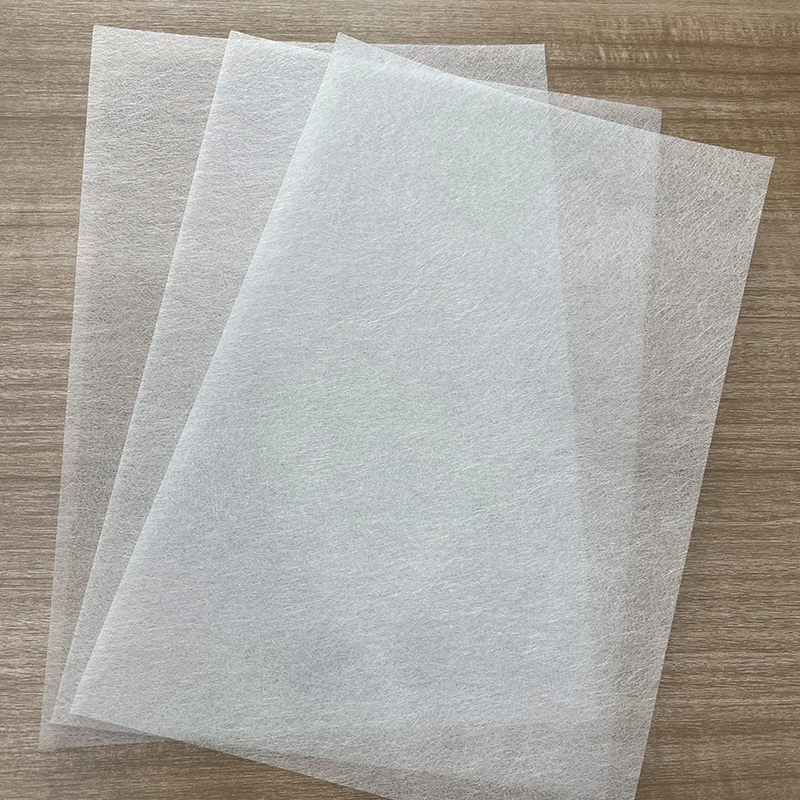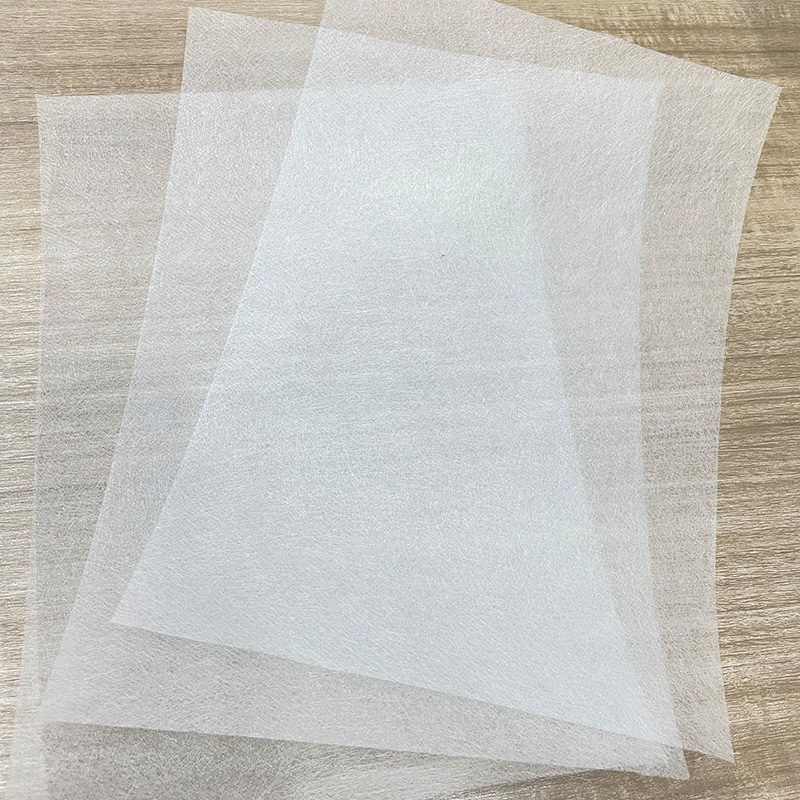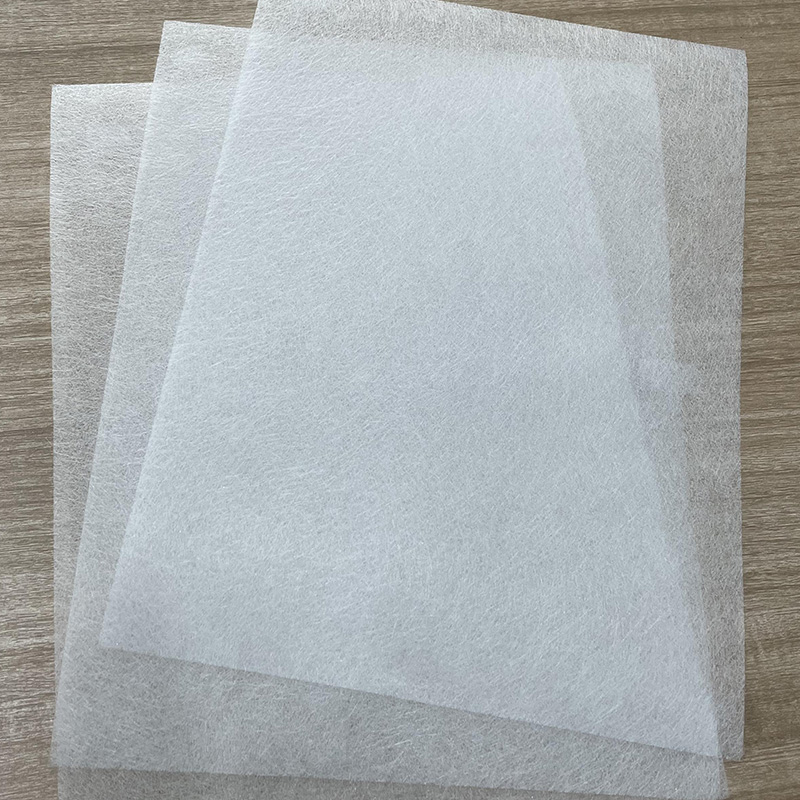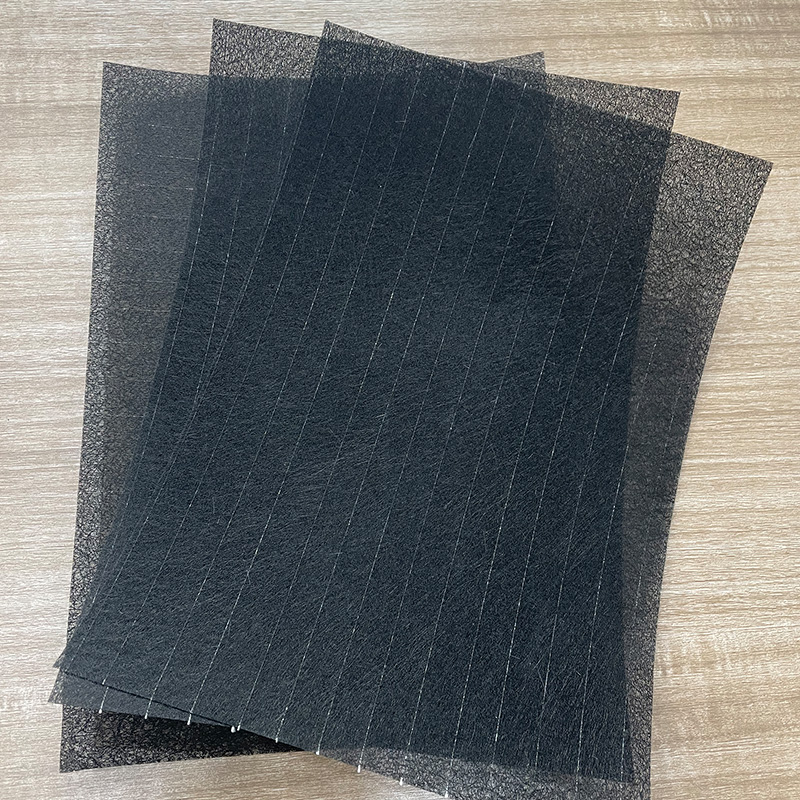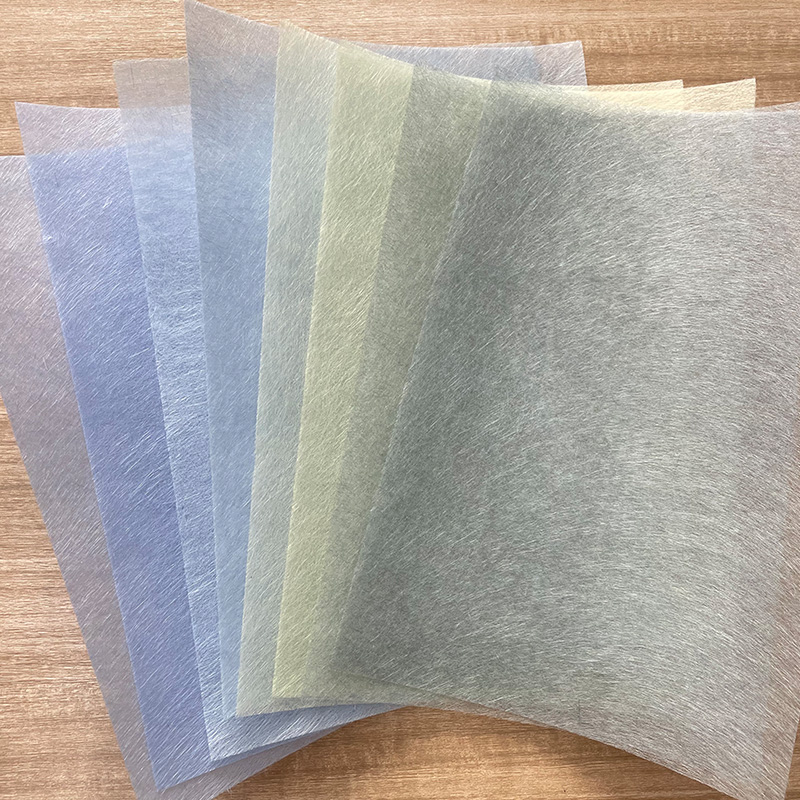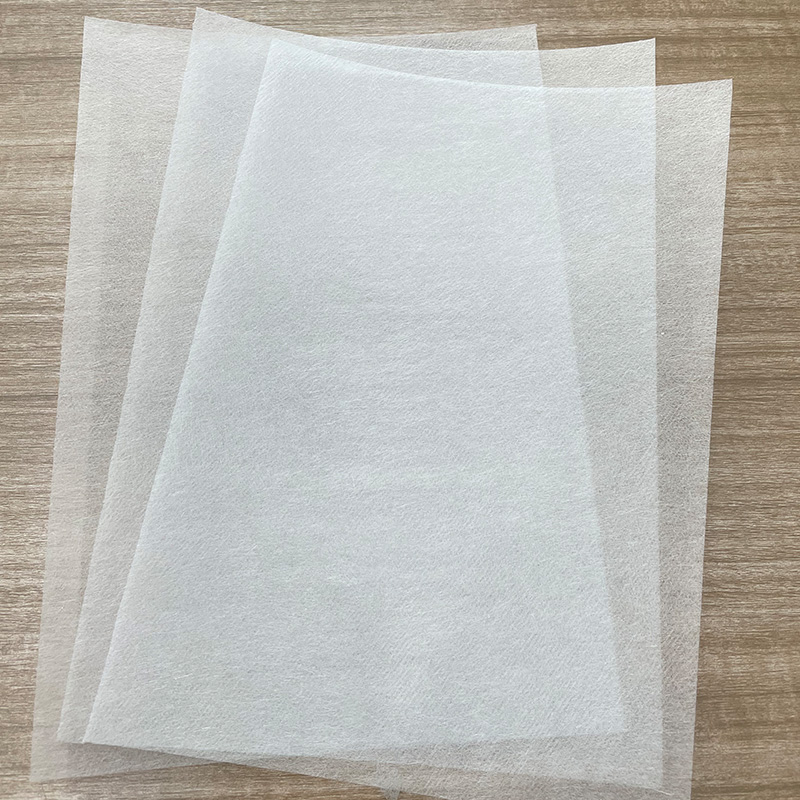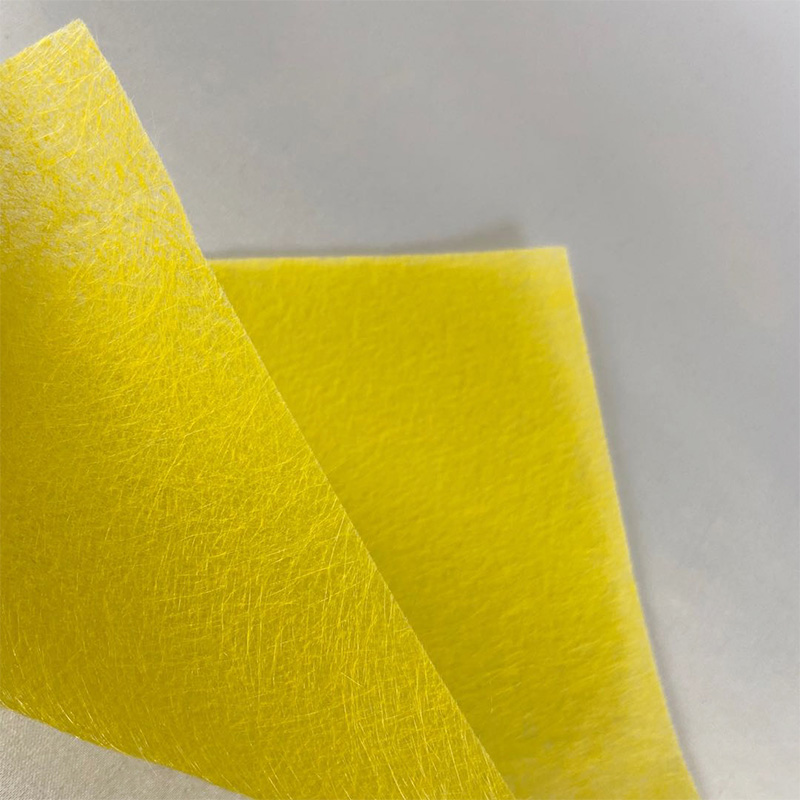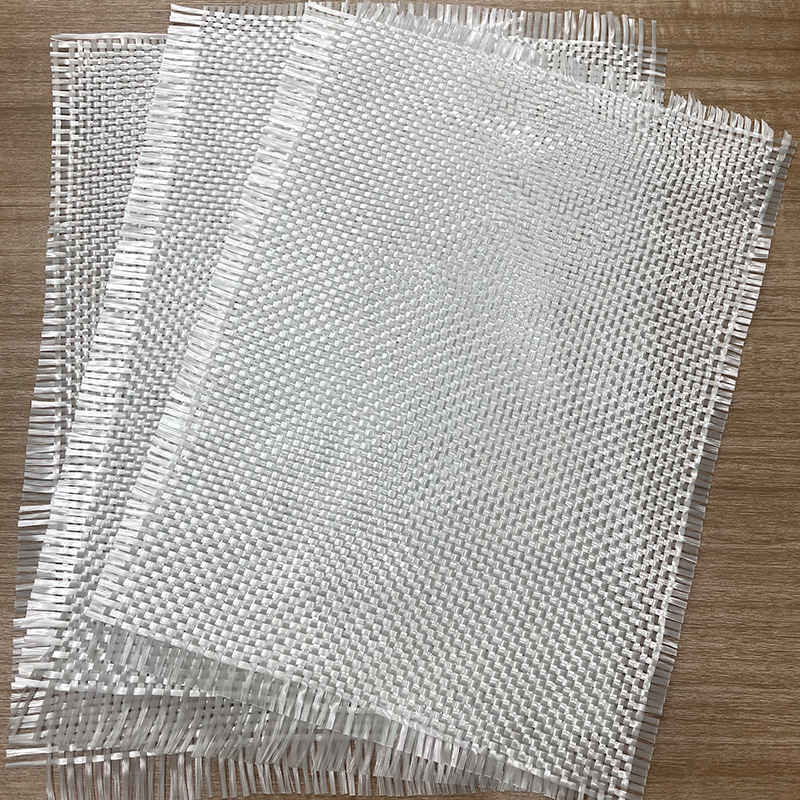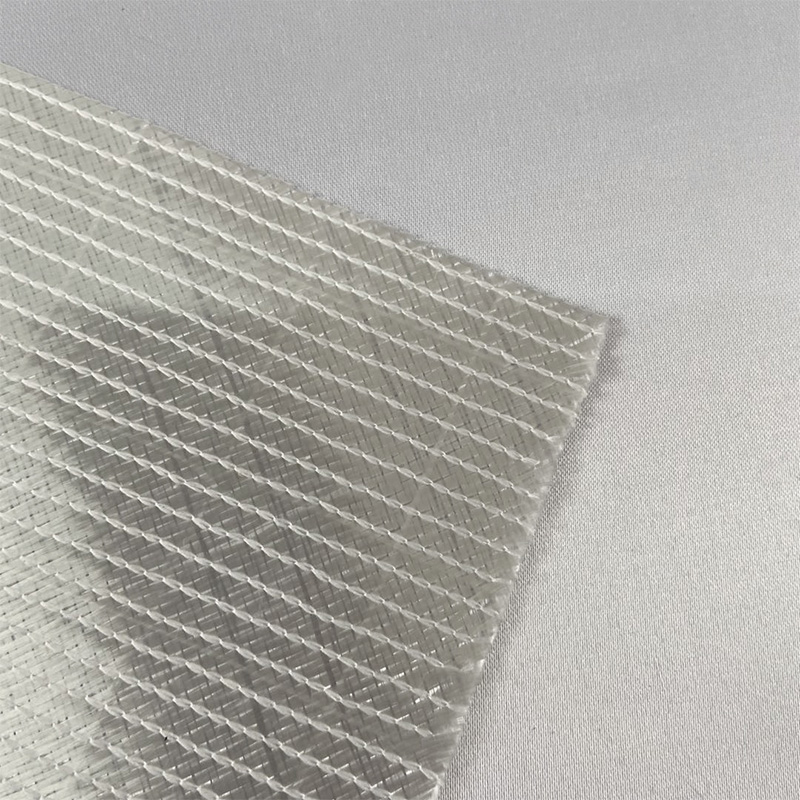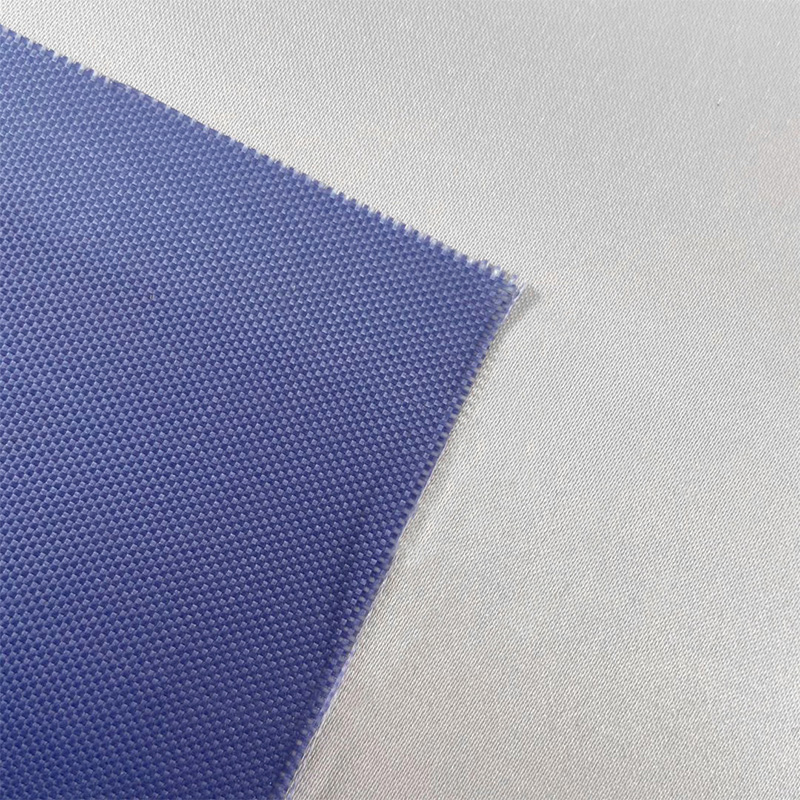In the field of modern high-end composite material manufacturing, carbon fiber surface felt is playing an increasingly important role as a key functional material. This non-woven material formed by randomly distributed short-cut carbon fibers effectively improves the surface quality and mechanical properties of the product by forming a special transition layer on the surface of the composite material. Unlike the traditional continuous fiber reinforcement layer, the unique structure of carbon fiber surface felt enables it to perfectly fill microscopic unevenness, providing an ideal foundation for subsequent coating or surface treatment, while maintaining the core characteristics of lightweight and high strength of composite materials.
The production process of carbon fiber surface felt embodies the essence of precision material engineering. The raw materials are selected from carbon fiber precursors of specific specifications, which are formed into fiber segments of uniform length through a precisely controlled short-cut process. These fiber segments are formed into a fiber network with ideal porosity through wet or air-laid technology. The consolidation process selects different methods such as hot pressing, chemical bonding or needle punching reinforcement according to the final use to ensure that the fiber network remains stable during the subsequent composite molding process. Advanced manufacturing technology can accurately control the surface density and thickness uniformity of the surface felt. The surface density range is usually 10-100 g/m2, and the thickness tolerance can be controlled within ±5%, meeting the precise requirements of material performance in different application scenarios.
From the performance characteristics, carbon fiber surface felt shows many technical advantages. Its three-dimensional random fiber distribution structure creates an excellent resin infiltration channel, greatly shortens the resin infusion time and reduces bubble defects. The porosity of more than 90% provides sufficient storage space for the resin, ensuring that the resin can fully fill every microscopic pore during the molding process. In terms of mechanical properties, the surface felt, as the "skin" of composite products, effectively improves the interlaminar shear strength and impact resistance, while eliminating the common surface texture of the continuous fiber reinforcement layer, creating ideal conditions for subsequent surface treatment. What is more noteworthy is that this material improves the surface quality while hardly increasing the overall weight of the product, perfectly maintaining the core advantage of lightweight carbon fiber composite materials.
In the field of aerospace, the application of carbon fiber surface felt is particularly critical. The use of this material on the aircraft skin surface not only obtains a smoother aerodynamic surface, but also significantly improves fatigue resistance and damage tolerance. The use of surface felt on satellite structural parts effectively reduces the risk of damage caused by micrometeoroid impact. In terms of manufacturing technology, the application of surface felt simplifies the cumbersome surface treatment process required for traditional composite materials, shortens the production cycle and reduces costs. Some advanced models even use surface felt as a standard configuration for all visible composite parts to ensure a long-lasting high-quality surface state.
The demand for carbon fiber surface felt in the automotive industry is growing rapidly. After the surface felt is used on the exterior parts of high-end sports cars, a Class A surface that can be directly sprayed is obtained, eliminating the traditional putty leveling process. The use of specially formulated surface felt on the racing car body reduces weight while improving stone impact resistance. With the increasing demand for lightweight in new energy vehicles, the application of carbon fiber surface felt in key components such as battery pack shells and body panels is also expanding. Compared with traditional metal materials, carbon fiber parts reinforced with surface felt can reduce weight by 30%-50%, while providing better design freedom.
The wind power field is another important application market for carbon fiber surface felt. After the surface felt is used on large wind turbine blades, the surface roughness is significantly reduced, the aerodynamic efficiency is improved, and the annual power generation can be increased by 2%-3%. At the same time, the surface felt layer effectively protects the main load-bearing structure from environmental erosion and extends the service life of the blades under adverse climatic conditions. During the manufacturing process, the application of surface felt simplifies the vacuum infusion process, makes the resin flow more uniform, and reduces the dry spot defects common in large components. The newly developed UV-resistant surface felt further extends the maintenance cycle of the blades and reduces the operating costs of wind farms.
The sports equipment industry also benefits from the technical advantages of carbon fiber surface felt. After high-end bicycle frames use ultra-thin surface felt, they have a perfect coating foundation with almost no increase in weight. After the surface felt is used on equipment such as tennis rackets and golf clubs, the surface durability is significantly improved and can withstand frequent impact and friction. Some competitive equipment also uses the designability of surface felt to use felt layers of different surface densities in different parts to achieve precise performance control.
Advances in materials science are driving carbon fiber surface felt to higher performance. Nanofiber reinforcement technology further improves the resin impregnation and mechanical properties of surface felt by introducing nanoscale fibers into the traditional carbon fiber network. Multifunctional composite felt integrates additional functions such as conductivity and flame retardancy to meet the needs of special application scenarios. In terms of manufacturing process, the application of online quality monitoring system realizes real-time monitoring of fiber distribution uniformity and surface density, ensuring high consistency of product performance. The promotion of intelligent production lines has greatly improved production efficiency, reduced energy consumption and scrap rate.
With the continuous expansion of application fields, the standard system of carbon fiber surface felt is also constantly improving. From aerospace to civilian products, different industries have established corresponding material specifications and test methods. Users need to comprehensively consider factors such as matrix resin type, molding process conditions and end-use requirements when selecting. Correct material selection and application methods can maximize the performance advantages of surface felt and improve the overall quality of composite products.
Looking to the future, carbon fiber surface felt technology will continue to develop in the direction of high performance and multi-function. The popularity of new energy vehicles will bring new growth space for this material, and the demand in the field of building structure reinforcement is also steadily increasing. With the advancement of manufacturing technology and the reduction of costs, carbon fiber surface felt is expected to gradually expand from high-end applications to more civilian fields, providing reliable surface solutions for composite products and driving the entire industry towards higher quality development.

 English
English 中文简体
中文简体 русский
русский Español
Español